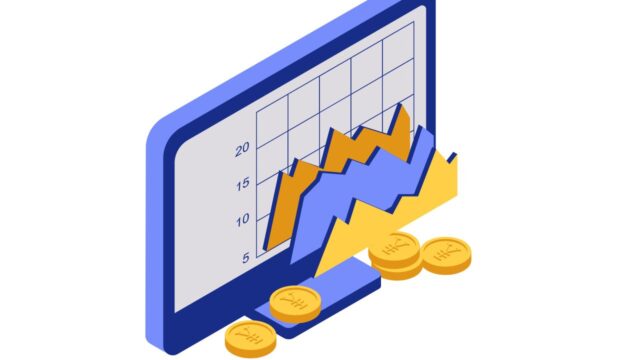
How Fixed Capital Can Increase the Value of a Company’s Balance Sheet
A real physical asset used in the production of a product is referred to as fixed capital. This type of asset is long-lasting and will not be consumed in one period. Its long-term use makes it an excellent investment for a business. However, if you plan to use it in a short period of time, you should choose the more liquid form. Here are some examples of fixed capital investments:
Variable capital
When it comes to the financing of your business, you should know the difference between fixed and variable capital. While the latter is less expensive, fixed capital cannot be redeemed as easily. However, variable capital allows your business to be flexible and can meet different needs over time. When choosing a source of financing, make sure to choose one that will account for your varying working capital needs. For example, a business with fluctuating inventory may want to choose a loan that offers collateral-free financing.
A difference between circulating and constant capital is in the components of the capital. The former consists of circulating components such as raw materials and intermediate inputs. The latter consists primarily of human capital. In other words, variable capital includes the salaries of “overhead” employees. However, this doesn’t mean that you can’t use variable capital. A capitalist can make more or less the same amount of money using either type of capital.
The difference between circulating and fixed capital is important for any business. The latter is more liquid, since it’s money that is used for production processes. On the other hand, fixed capital has a longer turnover time, meaning that a company can often sell a fixed asset before its useful life ends. However, fixed and circulating capital are two different concepts. The difference between them is critical for your business, and you should learn as much as you can about them.
Long-term assets
Long-term assets, or ‘fixed capital’ as it is commonly called, are assets whose useful life is longer than the company’s current business year. Such assets include stocks, bonds, real estate, and investments in other companies. Companies invest in long-term assets to increase their earnings potential. They also help companies generate tax deductions. While long-term assets often provide long-term benefits, some investors might not realize this until several years later.
Fixed capital is an investment in long-term assets, such as manufacturing plants. Unlike current assets, these assets are not used up during production. They remain in use for years, sometimes decades. In contrast, circulating capital is used up during production. These assets will eventually need replacement. As a result, the value of fixed capital assets depreciates over time, and the time frame is typically longer than the lifespan of current assets.
The total amount of fixed capital a company needs depends on the industry they are in. Industries with large fixed capital needs include industrial manufacturers, oil exploration firms, and telecommunications providers. Service-based industries, by contrast, have low fixed capital requirements. Fixed capital can include the building of the company, computers and networking devices, and standard office equipment. In addition to the amount of capital needed for fixed assets, companies must also allocate funds to pay their liabilities.
Liquidity of fixed capital investments
The liquidity of fixed capital investments is relatively low, as these assets do not have a high probability of being converted into cash. This is because fixed capital investments are typically large expenditures for a firm and often require raising capital. In addition, the time required to sell a fixed asset often limits its liquidation. But fixed capital investments can be valuable and can often be highly profitable if the price is right. Listed below are some of the ways that fixed capital can increase the value of a company’s balance sheet.
One way to measure the liquidity of fixed capital investments is to look at the ratios of current assets to total assets. Current assets include inventory and prepaid expenses. These assets tend to be relatively illiquid, so the ratio is more accurate for companies with large inventories. The quick ratio, also known as the acid-test ratio, excludes these assets from the equation and includes only those assets that can be quickly converted to cash.
When comparing working capital to fixed capital investments, working capital represents the assets that are easily converted to cash. Working capital, for example, is comprised of inventory, which a business expects to sell periodically. But fixed capital is not as liquid. These assets cannot be easily sold or transferred. Some of them, such as inventory, are difficult to sell. The liquidity of fixed capital investments is not as high as working capital, and this makes them difficult to sell.


































